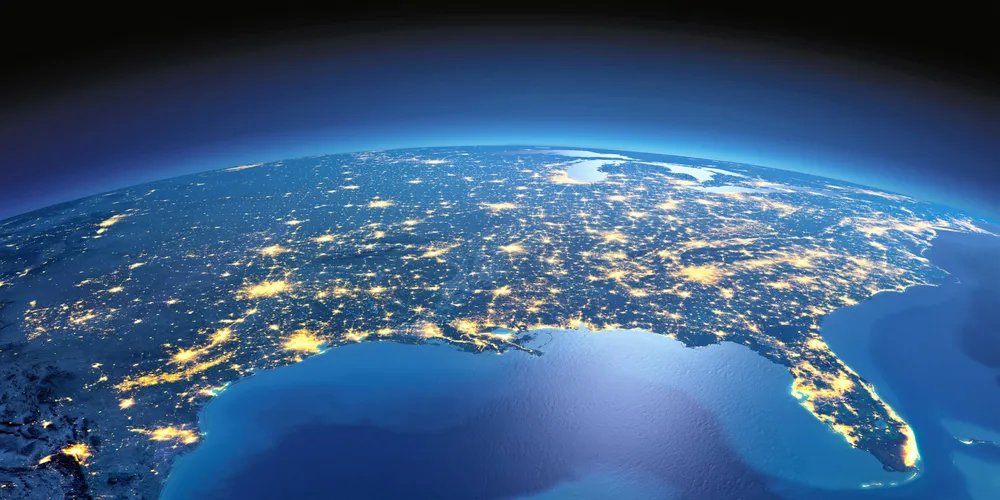Entergy and RWE in 'important first step' study of emerging US Gulf of Mexico wind market
Two companies see 'customer-driven' route-to-market for offshore clean energy to decarbonise heavy industries along the Louisiana and Texas state coasts

US electric utility Entergy and Germany’s RWE have agreed to jointly evaluate the emerging Gulf of Mexico (GoM) offshore wind play and optimal route-to-market for clean energy to industrial customers in Louisiana and Texas.
“Our customers continue to share with us that they are seeking clean energy solutions to help them reach their own sustainability goals,” said Phillip May, CEO of Entergy Louisiana, adding the partnership with RWE would “serve as an important first step to potentially bringing wind power to our Louisiana shores”.
Under a memorandum of understanding (MoU), the companies will assess five key offshore wind-related areas: market demand for carbon-free electricity for Entergy customers in those states and New Orleans, where the utility is based; resource economics; transmission to ensure reliability of delivery; economic impacts extending to job creation; and criteria to prepare the workforce of the future.
“The existing [GoM] oil & gas supply chain, workforce, and port infrastructure represent unique advantages to a potential offshore wind hub,” said Sam Eaton, CEO of RWE Offshore.
“Working together with a local partner like Entergy can deepen our understanding of the next steps to strengthen these valuable assets and support a new regional industry,” he added.
Eliecer Viamontes, CEO of Entergy Texas, said the subsidiary is “perfectly positioned” to explore offshore wind development in her fast-growing service territory, noting Texas leads all states in onshore wind energy generation.
Entergy’s four-state service territory includes the US Gulf coast from East Texas through Louisiana, including the Beaumont-Port Arthur-Orange corridor that is home to numerous oil refineries, petrochemical plants and other heavy industrial facilities that require large volumes of electricity to operate.
Texas and Louisiana rank first and fourth among the 50 US states in C02 emissions and both would appear to be strong candidates to consume green hydrogen produced from offshore wind, as would utilities that could blend it with natural gas in co-fired power plants.
Industry in the two states comprise about 90% of the nation’s hydrogen demand, all of it “gray” produced from natural gas.Unlike in Louisiana, the political leadership in Texas has not shown interest in offshore wind development, in part because of concerns over reliability of supply from a relatively unproven source in the US and resilience of projects in the hurricane-prone GoM.
There is also skepticism over whether offshore wind will ever become cost-competitive with natural gas and onshore solar and wind, which are abundant in Texas, as opposed to Louisiana.
The GoM holds some 500GW of commercial offshore wind potential, according to the National Renewable Energy Laboratory.
The region faces challenges including lower wind speeds of around 7.4 metres per second (m/s), weaker than either the Atlantic or Pacific coasts, and less stable seabed conditions. Hurricanes will also require more robust industrial infrastructure, adding to development and operation costs.
(Copyright)